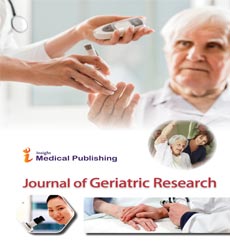Capicua regulates self-renewal and tumor progression of breast cancer cells
Abstract
Cancer stem cells (CSCs) are capable of tumor initiation and growth and play a critical role in metastasis, therapeutic resistance, and disease recurrence in breast tumors. Therefore, if cancer arises and is maintained by the small population of CSCs within the bulk tumors, it is of central importance that definitive marker genes for CSCs are identified and regulatory mechanisms that promote stem cell maintenance be understood. Here, we show that the developmentally regulated HMG-box protein Capicua (CIC) is a transcriptional repressor that suppresses CSC properties in both the luminal and basal/ myoepithelial subtypes of breast cancer cells. Mammosphere formation in culture was used to reveal stem cell properties, where expression of CIC was consistently downregulated in primary mammospheres in comparison to parental adherent cells than in secondary mammospheres upon serial passage. Knockdown of CIC increased mammosphere formation, while CIC overexpression prevented mammosphere formation, an effect dependent on continuous CIC expression. Furthermore, CIC knockdown MCF7 and MDA-MB-231 breast cancer cells contained a higher percentage of EpCAM+/CD44+/CD24low/ cancer-initiating cells than in control cells grown as monolayer cultures and propagated as mammospheres. Loss of CIC relieved repression of PEA3 group genes, especially ETV4, which was necessary and sufficient for driving mammosphere formation. Moreover, we observed upregulation of the pluripotency-associated transcriptional factor SOX2 in MCF7 CIC knockdown cells and demonstrated a significant rescue effect on mammosphere formation following SOX2 knockdown in CIC knockdown cells. Therefore, we propose CIC as a potential biomarker of breast cancer stem cells and a novel target in stem cell and cancer therapy.
Open Access Journals
- Aquaculture & Veterinary Science
- Chemistry & Chemical Sciences
- Clinical Sciences
- Engineering
- General Science
- Genetics & Molecular Biology
- Health Care & Nursing
- Immunology & Microbiology
- Materials Science
- Mathematics & Physics
- Medical Sciences
- Neurology & Psychiatry
- Oncology & Cancer Science
- Pharmaceutical Sciences
